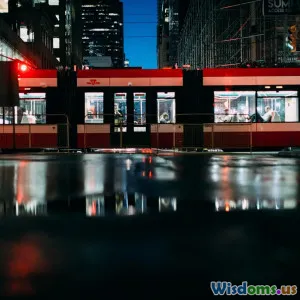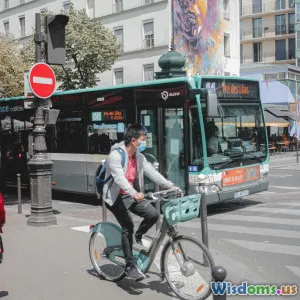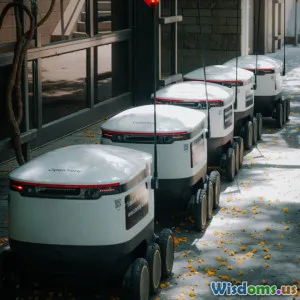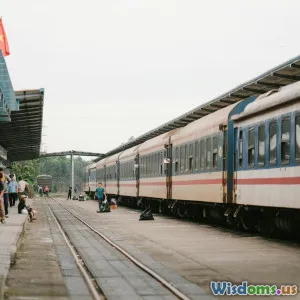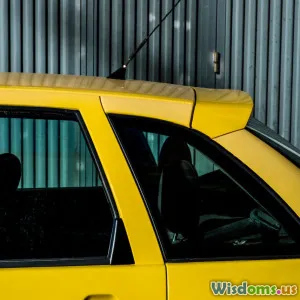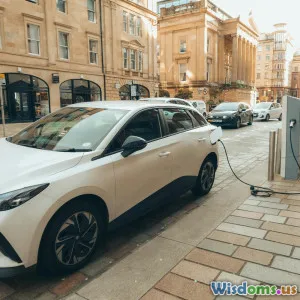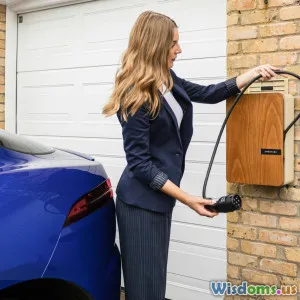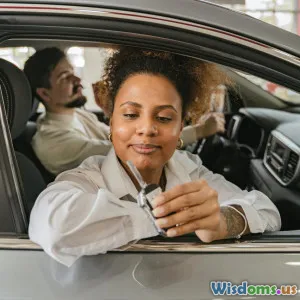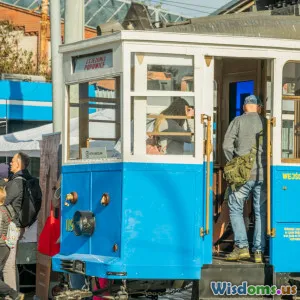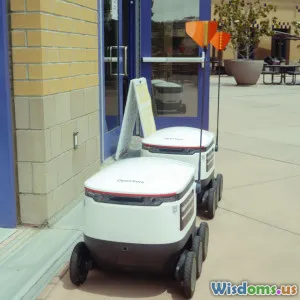
Challenges and Opportunities in Urban Mobility
6 min read Explore the evolving landscape of urban mobility, highlighting key challenges and innovative opportunities for smarter transportation solutions. (0 Reviews)
Challenges and Opportunities in Urban Mobility
Urban mobility is at a crossroads, driven by rapid technological advancements and shifting societal needs. As cities grow and evolve, the demand for efficient, sustainable transportation solutions continues to rise. This article explores the primary challenges urban mobility faces today, alongside the opportunities that emerge from these challenges, particularly through technology.
The Challenges of Urban Mobility
1. Traffic Congestion
Traffic congestion is perhaps the most visible challenge in urban mobility. According to the Texas A&M Transportation Institute, Americans spent an average of 54 hours in traffic in 2021. This not only leads to frustration for commuters but also has significant economic costs, with estimates suggesting congestion costs the U.S. economy over $166 billion annually in lost productivity.
2. Environmental Impact
Transportation is one of the largest contributors to greenhouse gas emissions. The Environmental Protection Agency (EPA) reports that transportation accounted for approximately 29% of total U.S. greenhouse gas emissions in 2020. As cities continue to grow, the need for sustainable transportation solutions becomes increasingly urgent.
3. Equity and Accessibility
Not all urban populations have equal access to transportation. Low-income communities and marginalized groups often face barriers to reliable transit options, exacerbating socio-economic disparities. Ensuring equitable access to transportation is essential for fostering inclusive urban environments.
4. Aging Infrastructure
Many urban areas struggle with aging transportation infrastructure that is costly to maintain and upgrade. Bridges, roads, and public transit systems require significant investment to modernize and expand, often stretching city budgets thin.
Opportunities in Urban Mobility
1. Smart Transportation Solutions
The rise of smart technology presents a unique opportunity to address urban mobility challenges. Smart traffic management systems, utilizing real-time data and AI, can optimize traffic flow, reduce congestion, and improve safety. For instance, cities like Los Angeles have implemented smart signals that adjust timing based on real-time traffic conditions.
2. Electric and Autonomous Vehicles
Electric vehicles (EVs) offer a sustainable alternative to traditional combustion engines, potentially reducing urban emissions significantly. Additionally, autonomous vehicles (AVs) promise to reshape urban transportation by improving efficiency and reducing the need for parking spaces. Companies like Waymo and Tesla are at the forefront of this technology, with pilot programs in many cities.
3. Mobility-as-a-Service (MaaS)
MaaS integrates various transportation services into a single accessible platform. By combining public transit, ride-sharing, bike rentals, and more, MaaS can simplify urban mobility for users. Whim, a MaaS app in Helsinki, allows users to plan and pay for their travel through one platform, enhancing convenience and promoting the use of public transportation.
4. Sustainable Urban Planning
Cities have the opportunity to rethink urban design to prioritize public transportation and non-motorized options like biking and walking. Initiatives like “15-minute cities,” where residents can access most daily needs within a 15-minute walk or bike ride, are gaining traction. This urban planning approach reduces reliance on cars and promotes healthier lifestyles.
5. Integration of Multimodal Transport
Encouraging the use of multiple transportation modes can alleviate congestion and promote sustainability. Cities can enhance their transportation networks by providing seamless transitions between modes, such as integrating bike-sharing with public transit systems. Barcelona, for example, has made significant strides in improving bike lanes and integrating them with its metro system.
Conclusion
Urban mobility is a complex landscape filled with both challenges and opportunities. While issues like congestion, environmental impact, and infrastructure aging pose significant hurdles, technological innovations and sustainable practices offer promising solutions. By embracing smart technology, fostering equitable access, and reimagining urban design, cities can navigate the future of transportation effectively. Ultimately, the journey towards a more efficient and sustainable urban mobility system is not only a necessity but also an opportunity to create better living conditions for all urban dwellers.
Rate the Post
User Reviews
Popular Posts










